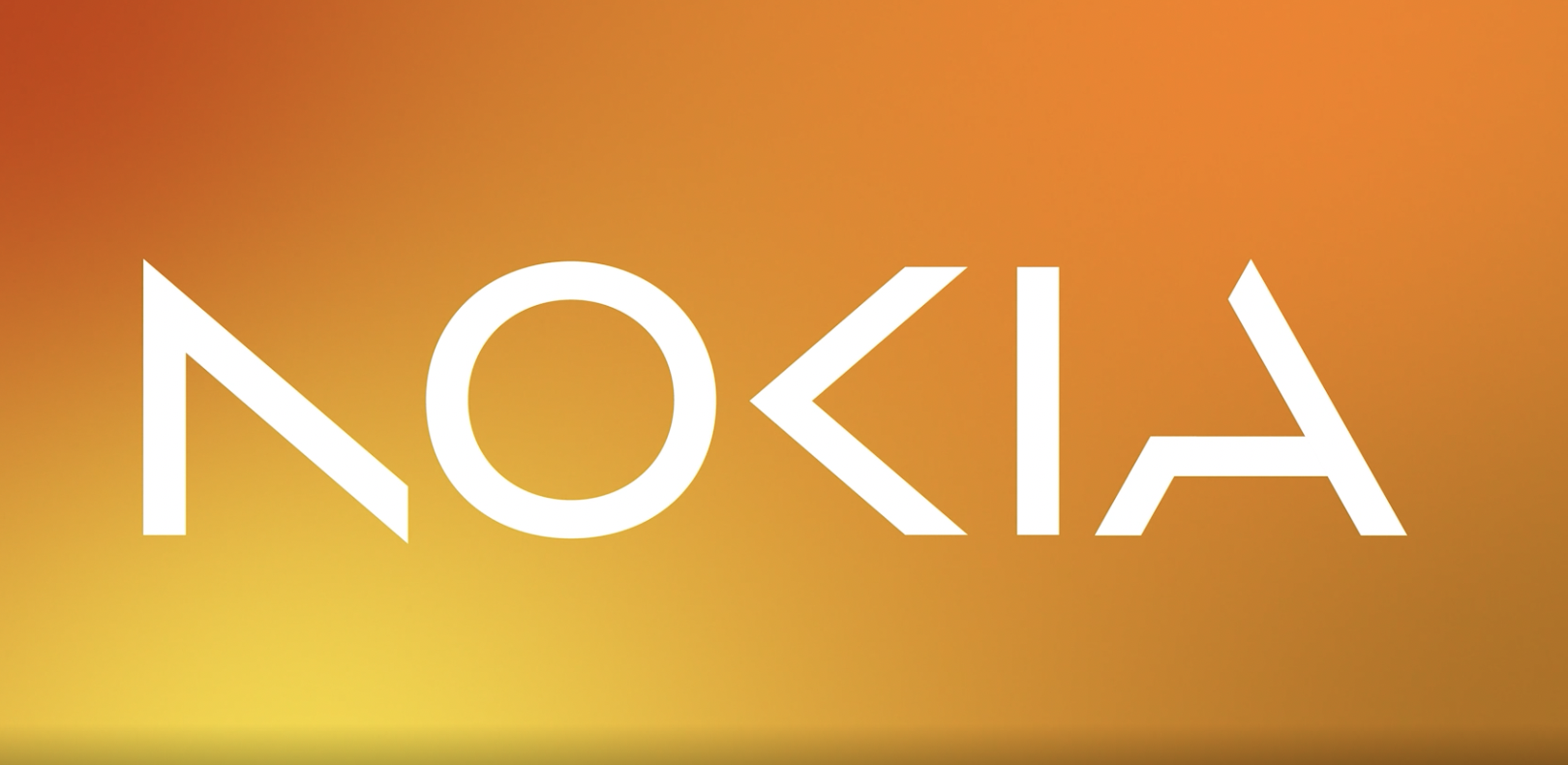Value-add applications supported by the Nokia WiFi Beacon 10 include cybersecurity and gaming optimization
For many communications service providers (CSPs), offering Wi-Fi connectivity is table stakes. But, in an era of hybrid working, latency-sensitive applications, and rapidly evolving technologies, carriers have a two-fold challenge: keep up to date with the latest, most feature-rich standardized Wi-Fi tech, while also building an overarching platform that provides a pathway to delivering value-add services that create monetization opportunities beyond connectivity.
While there’s lots of talk about Wi-Fi 7, this iteration of Wi-Fi has not yet been finalized in relevant standards bodies and, as such, there are no Wi-Fi Alliance-certified products available. Wi-Fi 6 and 6E, however, are standardized, and certified products for consumers, enterprises and CSPs are increasingly available.
Wi-Fi 6 is the brand name for products compatible with the IEEE 802.11 ax standard. Designed for device-dense deployment scenarios, Wi-Fi 6 operates in the 2.4 GHz and 5 GHz unlicensed bands with bandwidth up to 160 megahertz, peak PHY rate of 9.6 Gbps, OFDMA modulation, multi-user multiple-input, multiple-output (muMIMO) and 1024 QAM. Wi-Fi 6E is an important extension wherein some regulators have opened up unlicensed access to the 6 GHz band; in the U.S., the full 1.2 gigahertz was made available for unlicensed use. This massive expansion of unlicensed spectrum for Wi-Fi operations has material implications for performance.
For CSPs investing in cutting-edge Wi-Fi technologies, it’s extremely important to align closely to industry standards and market variations. Nokia’s Laszlo Gyalog, lead for digital home marketing in the Fixed Networks Division, explained to RCR Wireless News. Nokia has kept this in mind with the development of its Beacon 10 Wi-Fi 6E solution, which is further compatible with the Wi-Fi EasyMesh standard. Additional features include a 160 megahertz channel width and tri-band support for 2×2 MIMO in the 2.4 GHz band and 4×4 MIMO in the 5 GHz and 6 GHz bands.
“Standardization is important for service providers,” Gyalog said. “Our Beacon 10 solution is standards-compliant and available as of June. What this device can offer is a stable platform for high-end users today. When Wi-Fi 7 is available, those high-end users will move to Wi-Fi 7. But premium users will stay on Wi-Fi 6 and 6E for quite some time.”
Cloud-based management and app-based monetization
For CSPs deploying this carrier-grade Wi-Fi solution, further functionality is unlocked using Nokia’s cloud management platform—although it’s important to note the Beacon 10 can also be managed by compatible third-party platforms. Both Nokia’s cloud platform, and the Beacon 10 support TR-369 (also known as user services platform (USP)) to enable that compatibility. Gyalog highlighted several platform differentiators, including visibility into specific devices for bespoke customer care; and, for the network administrators, the platform allows for correlation of performance data from all devices for powerful optimization potential, advanced troubleshooting, proactive mitigation at a system level, and full KPI reporting across multiple performance dimensions.
A unified cloud platform also allows CSPs to manage pre-compiled apps over the Wi-Fi footprint. For instance, Windstream, by way of its Kinetic brand, worked with Nokia to deploy cybersecurity and parental controls on 300,000 Wi-Fi beacons; the app comes from F-Secure and is integrated with Nokia’s container framework.
Based on his research, Gyalog reckons the addition of a robust cybersecurity toolset to Wi-Fi offering can command a premium of up to 5€ per month. Another example of monetization beyond Wi-Fi is in the red hot connected gaming market where latency, jitter and other network performance KPIs can make or break the end user experience. CSPs could offer a gaming service tier at a premium price point, then deploy a gaming optimization application on the Beacon 10 device from the cloud management platform. For this particular use case, Nokia is working with various partners including Domos, GameBench and Netduma.
Big picture, Gyalog said, Nokia is working with a number of application developers to ensure operators can seamlessly offer these value-add (and revenue generating) services to their customers. If a CSP wanted an app not already offered, Nokia can manage that process using its standardized container framework. “It’s a win-win situation,” Gyalog said. “It’s a win for the end user because they get more capabilities and use-case specific performance from the broadband services. It’s also a win for the service provider because it’s a revenue generation opportunity.”
He continued: “At the end of the day, once you have perfect connectivity, the question is, ‘How can we monetize this further.’ And we’ve answered that question with the Beacon 10, its cloud management platform, and the availability of 3rd party applications.”

